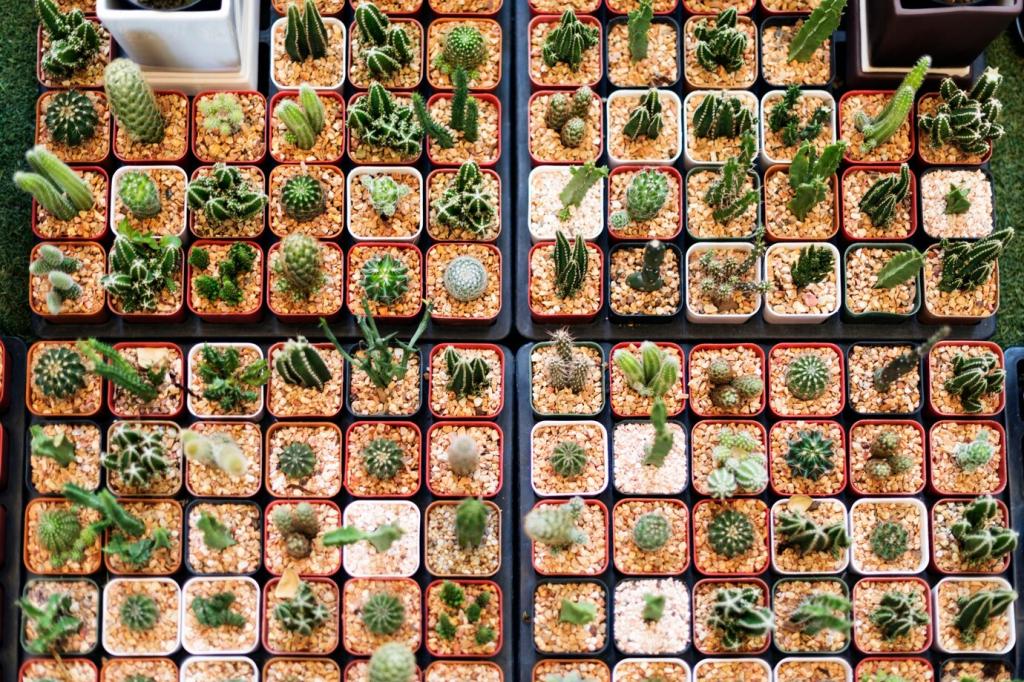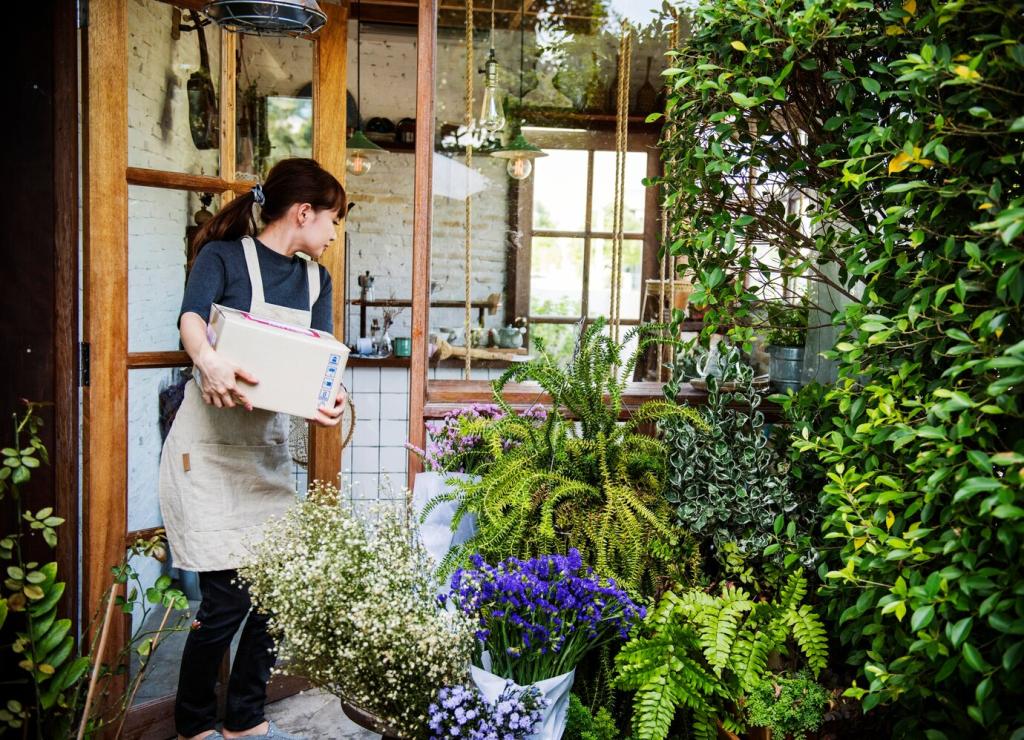Chosen Theme: Top Edible Plants for Schrebergarten Gardens
Welcome to our spotlight on Top Edible Plants for Schrebergarten Gardens. Explore compact, reliable crops perfect for small plots, borrow time-tested tricks from real allotments, and shape your own harvest plan. Enjoy the read, leave a comment with your favorite variety, and subscribe for seasonal updates.

What Makes a Schrebergarten Different (and How That Shapes Edible Choices)
In a Schrebergarten, every square meter must work hard. Choose compact, high-yield edibles like bush beans, dwarf kale, and cut-and-come-again lettuces that regrow after harvest. Prioritize varieties bred for containers or short internodes to pack abundant flavor into minimal space.
Perennial Edibles That Repay Every Season
Berries that belong in every Schrebergarten
Currants, gooseberries, and raspberries thrive in modest beds, tolerate partial shade, and deliver bowls of fruit from midsummer onward. Train canes neatly along wires to conserve space, net during peak ripening, and prune out old wood annually to keep sunlight flowing and berries abundant.


Rhubarb and asparagus: patient staples with big payoffs
Rhubarb unfurls early, filling the hungry gap with tangy stalks, while asparagus crowns reward patience with spring spears. Allocate a permanent bed, mulch generously, and resist first-year harvests. Their longevity makes them ideal, turning one corner of the plot into a perennial pantry.
Annual All-Stars for Fast, Abundant Harvests
Mix leaf lettuces, arugula, and mustard greens in short rows every two weeks for a rolling harvest. Cut outer leaves and let centers regrow. Interplant with radishes to mark rows, and share your favorite heat-tolerant lettuce in the comments to help fellow gardeners.



Compact Fruit Trees and the Art of Espalier
Select apple rootstocks like M9 for true dwarfing, or pear on Quince C for restrained vigor. Choose disease-resistant varieties suited to your region’s chill hours. Smaller trees mean safer pruning, easier netting, and more sunlight left for vegetables beneath the canopy.
Compact Fruit Trees and the Art of Espalier
Train apples or pears on horizontal tiers against south-facing fences to capture warmth and save space. Start with flexible whips, tie gently, and prune in summer to control vigor. The result is sculpture that feeds, invites conversation, and ripens fruit evenly along the wall.



A Simple Planting Calendar and Rotation for Small Plots
Early season momentum: hardy greens and roots
Start with spinach, mache, radishes, and early carrots under fleece. Follow with spring onions to mark rows. When soil warms, swap out quick crops for beans, and tell us which early salad mixes carried you through chilly mornings with minimal fuss.
Mid to late season second acts
After peas and early potatoes, slip in bush beans, compact cucumbers, or fast kohlrabi. Late summer sowings of chard and kale bridge into autumn. Keep notes on what rebounded quickly and share your timing tweaks so others can stretch their season, too.
A four-bed rotation that actually fits
Cycle beds through legumes, fruiting crops, roots, and leafy greens. This reduces disease pressure and balances nutrients. Keep a simple chalk map in the shed, and subscribe for our printable rotation planner tailored to classic Schrebergarten dimensions.

The currant hedge that fed half the lane
A tidy row of red and black currants, pruned to favor two-year wood, outperformed larger plantings. Mulch kept berries clean, and a single afternoon of netting saved the crop from birds. What pruning habit unlocked your best berry harvest? Share your tip below.
Tomatoes under a quick rain tent
A simple polycarbonate panel along the fence kept foliage dry and blight at bay, while open sides let breezes flow. Compact, blight-resistant varieties yielded steadily. Post a photo of your shelter solutions and the tomato that never let you down in wet summers.
Your turn: nominate a top Schrebergarten edible
Which compact edible changed your garden most—sorrel, bush beans, or a columnar apple? Drop your pick in the comments, tell us why it works in small spaces, and subscribe for next week’s seed shortlist tailored to allotment-sized adventures.
